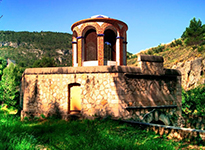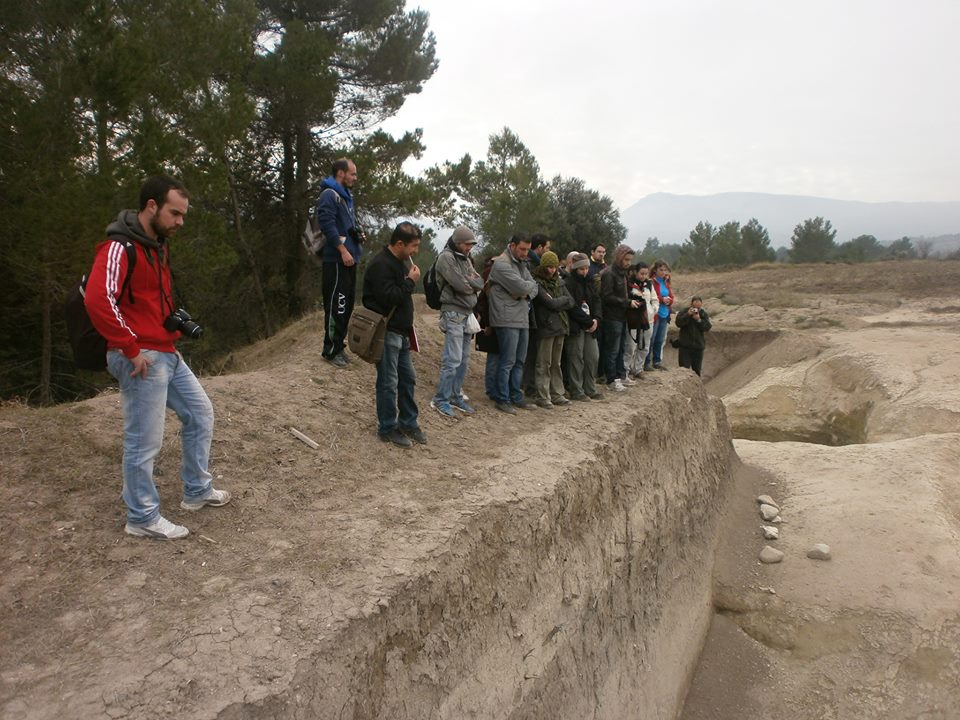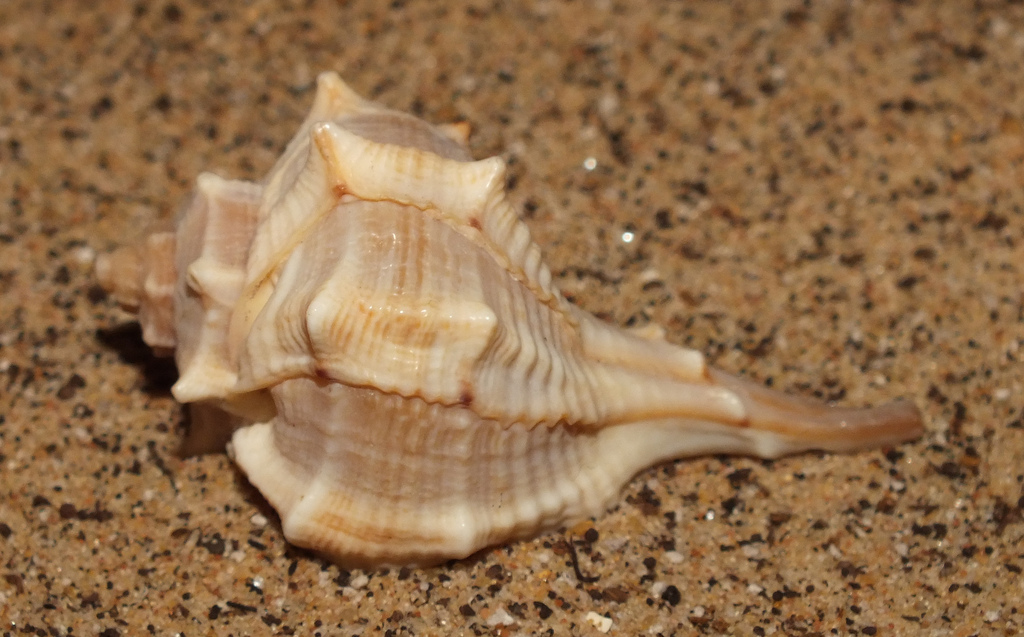
The parliamentary group Compromís suggests to value the industrial archaeological heritage in the province of Alacant, which for months was forgotten and unprotected by the institutions.
3 february 2016
The province of Alacant has a great amount of industrial archaeological heritage that emerged from the industrialisation period in the area in the 19 and 20 centuries. One curious point is that, when we allude to part of the heritage of our most recent history, we talk about one of most forgotten and unprotected parts by the institutions. Many of these assets –like mills, factories, facilities, buildings or other infrastructures–, are not included in the General Inventory of Valencian Cultural Heritage (which collects the protected assets in the Valencian Country).
These are the reasons why Compromís presented, on last 17 January, a Non-Legislative Motion in the Cortes Valencianas that, together with the Valencian Council and the municipalities of the province, intends to enlarge the inventory with distinguished elements of the cultural heritage of Alacant, especially those included in the list of Assets of Cultural Interests.
This is a difficult task, because, except for the “Moliner” archaeological ensemble in Alcoi, which actually is in the General Inventory of Valencian Cultural Heritage, there are 170 assets of local relevance –title that does not guarantee the maximum protection of these infrastructures– in the province of Alacant. Furthermore, an 11% of these assets were destroyed or have disappeared over the last few years because of the Property Bubble.
According to the deputy Mireia Mollà (Compromís), “the factories or alqueries which allowed us to become an industrial and proud town are being devoured by rubbish and weeds”. This is why they propose on the one hand, to find mechanisms that provide the heritage with legal certainty; and on the other, to suggest the social and economic utility of these spots. At this point, it is necessary to value this heritage for tourism, to study the economic and occupational impact that it could create, and also, to study its importance for the preservation of a unique landscape within the heritage. It is at this point, when the idea of a diversification of the tourism towards the interior territories appears, because it is in these territories where most of these industrial remains are. They even propose to take advantage of the fact that much of this heritage is located in riverbanks or in the shore of some of those rivers. By doing this it will be possible to generate energy by using the force of running water.










